Introduction to Computer Vision
Overview
Computer Vision(CV) is the field that focuses on enabling computers to "see" and perceive images and videos. Computer Vision uses various Algorithms and Techniques to understand Visual data and can now perform better than the human eye.
What is Computer Vision?
Computer Vision has been around for a long time but has recently gained tremendous popularity because of the advancements in processing power and Artificial Intelligence.
In general, the purpose of computer vision is to analyze and understand the image data. Computer vision is a field that might be viewed as a subfield of artificial intelligence and machine learning. Using specialized techniques and learning algorithms, the system understands the image data. This knowledge can be used for specific computer vision-based applications.
In its most basic form, CV is the branch of artificial intelligence that teaches robots to see similarly to humans. It aims to decipher the message behind the pixels. In the big ocean of Computer Vision, there are two main core building blocks of Computer Vision.
- Image Classification, where a system is trained with a dataset to classify objects.
- Image Identification, where a system is trained to recognize a specific instance of an object, like identifying what breed of dog each picture is.
Computer Vision has a couple of main processes, which are common among most CV instances such as:
- Image Acquisition
- Image processing
- Image Analysis and Understanding
Why is Computer Vision Important?
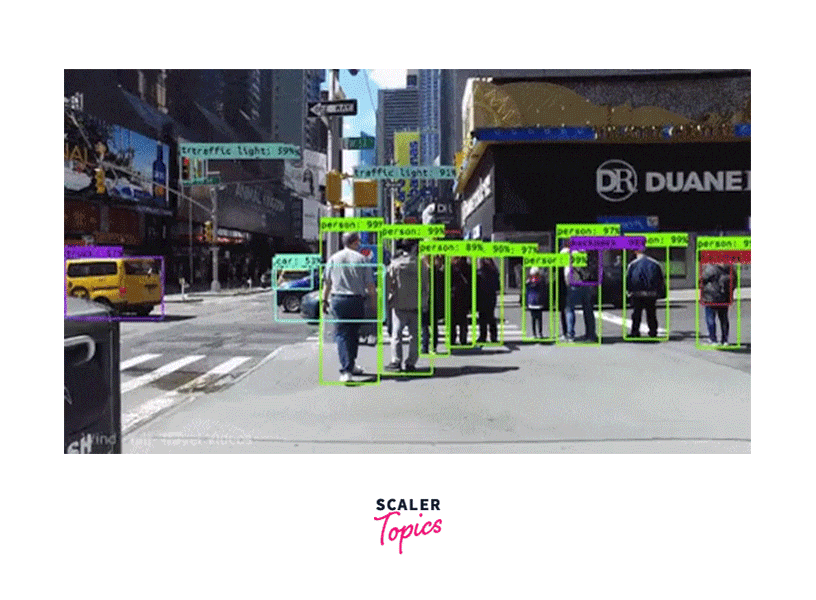
Computer Vision has enabled and accelerated the growth of a variety of applications in recent times and has improved the quality of life to a great degree. Computer Vision does the work of the human eye and sometimes works better than the human eye in detecting and classifying objects. CV can solve a variety of modern-day problems.
Self Driving Cars is a great example of Computer Vision. It can see roads, identify dangers and recognize road signs, lanes, vehicles, and more. Computer vision has become embedded in our daily lives. From face unlock to image-to-text conversion, everything is based on Computer Vision. It is also integral in Government and Security Force operations.
Deep Learning and Computer Vision
As we saw earlier, Computer Vision, in its primitive stage, has been around for a while now. But recently, with the advances in deep learning technologies and the required hardware, Computer Vision has taken off. Convolutional Neural Network(CNN) or ConvNet has been the gamechanger in Computer Vision. CNN is a deep learning algorithm which has proved to work much better on pixel data than any other technique during that time. CNN is good at extracting and identifying features in pixels without any manual intervention, which enables CNN to work much better than others. CNN hinges on the technique of Convolution. Even though the CNN algorithm has been around for many years now, it couldn't be implemented on a large-scale level because of the limitations posed by hardware for processing.
Pixel Extraction
One of the main elements of computer vision is pixel extraction. The extraction of pixels is required to understand the image better. Extracting a group of pixels at different levels gives an idea about the shape at that particular position. The pixel values refer to color and brightness levels at various positions. The cumulation and processing of pixels give us the features that act as the key ingredient in various computer vision-based applications.
![]()
Challenges in Computer Vision
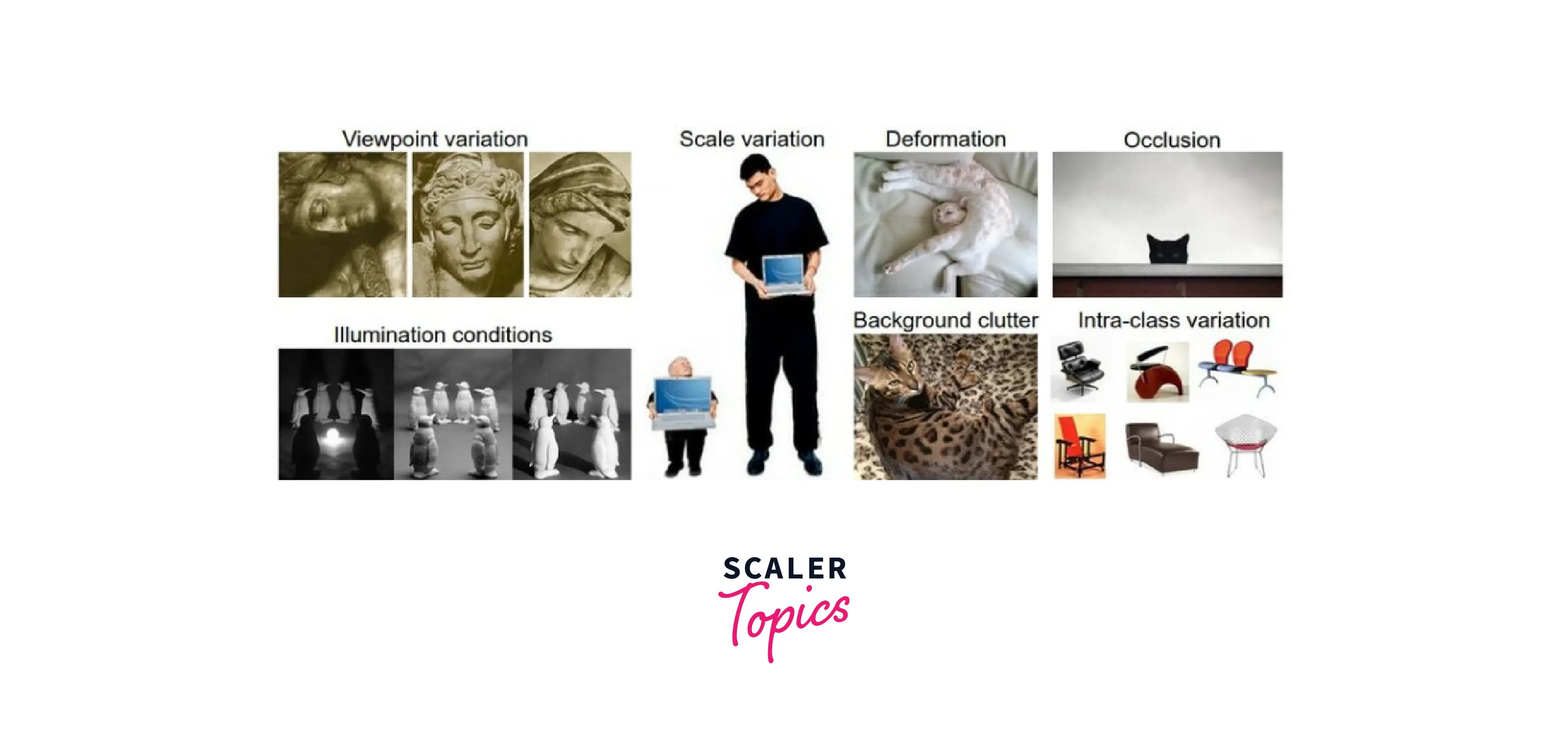
Computer Vision might seem like a simple task to us humans who perceive visual information through our eyes. To make a machine act like the human eye and infer information like our brain is a mammoth task. Given the visual complexity of the world we live in, with different shading of lights on an object, it is hard for the machine to adapt its inference to all the different visual cues. For example, a system trained to classify objects will struggle to identify them in different lighting conditions and viewpoints. Even If we can train the system to work for a set of different lighting conditions, there is an infinite amount of complex lighting and randomness that might be introduced to the image. This makes Computer Vision a challenging task.
Applications of Computer Vision:
There are a variety of different applications in different fields. Some of the main ones are given below.
- Optical character recognition (OCR): Characters, Symbols and patterns are identified by CV. For example, OMR sheets are used in exams and evaluations which are then processed by CV to obtain the results.
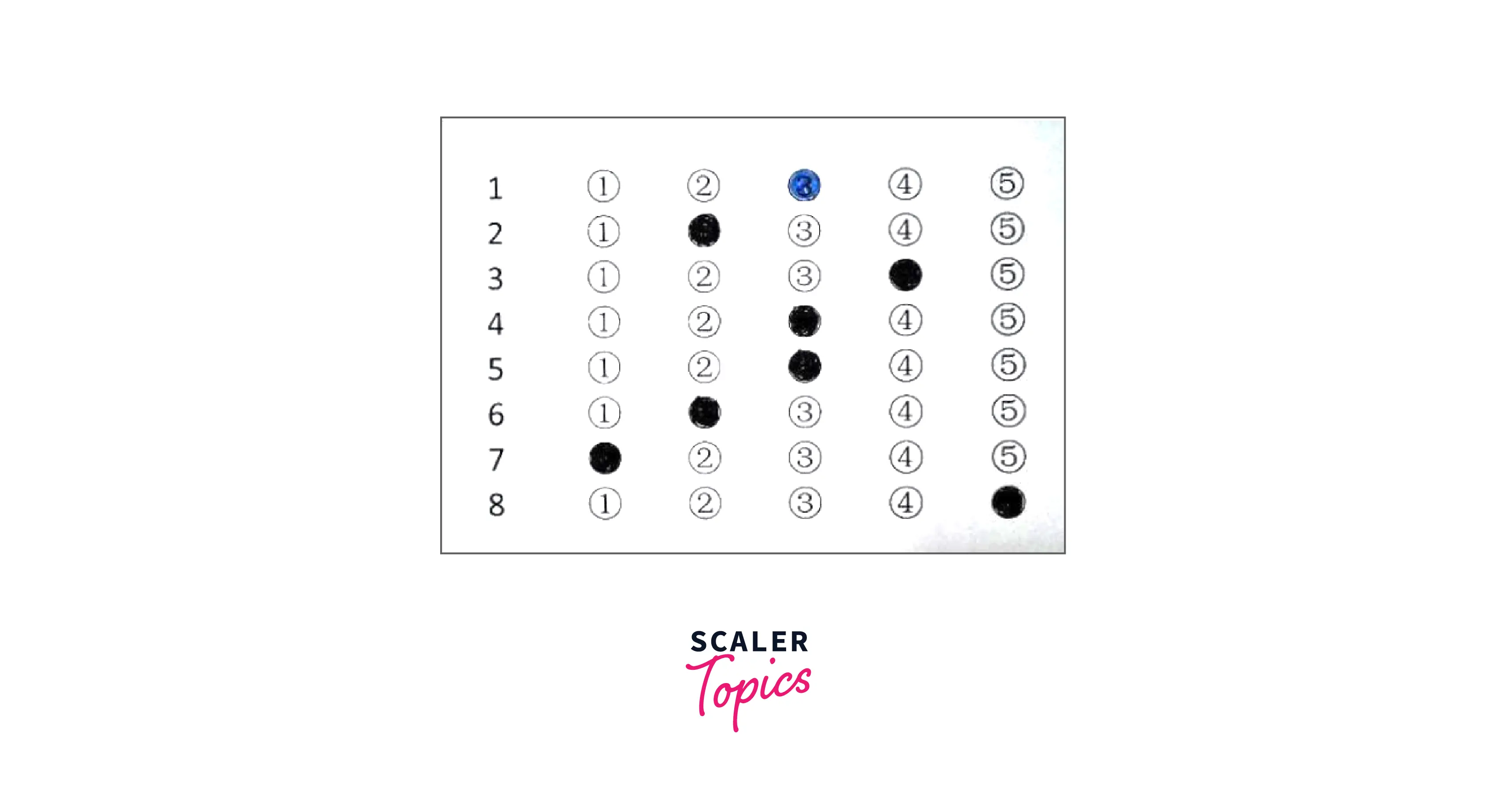
-
Image and video analysis: Computer vision algorithms can be used to analyze images and videos to extract information and make predictions. For example, they can be used to identify objects, people, or animals within an image or video.
-
Object recognition and tracking: Computer vision algorithms can be used to recognize and track objects within an image or video stream, such as vehicles or pedestrians.
-
Defect detection using Computer Vision: Large-scale Manufacturing companies use CV to detect products with any visual defects.
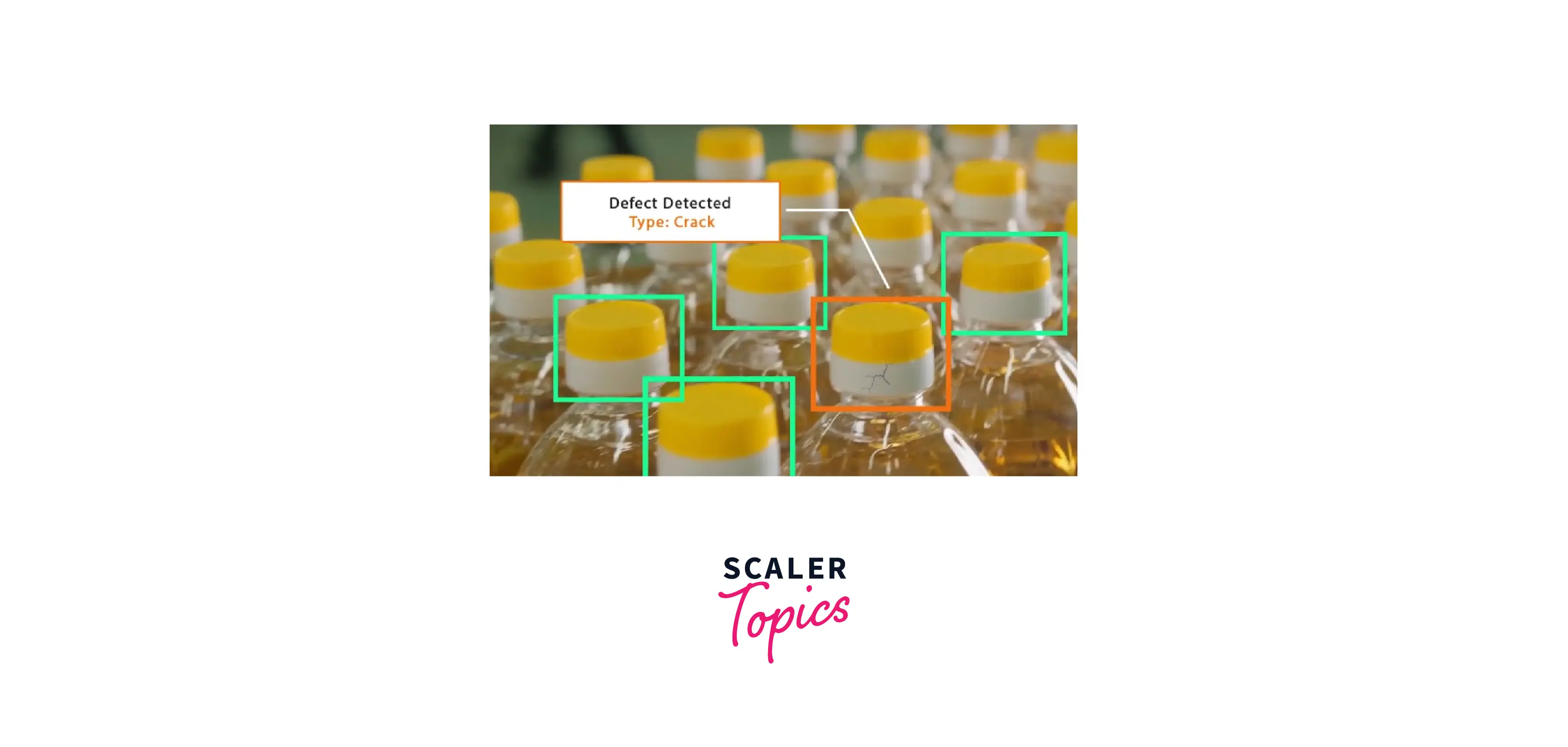
-
Facial recognition: Computer vision algorithms can be used to identify and recognize specific individuals based on their facial features. This technology is commonly used in security systems and social media platforms.
-
Augmented reality: Computer vision algorithms can be used to overlay digital information onto the real world, creating immersive experiences through devices such as smartphones and head-mounted displays.
-
Robotics: Computer vision algorithms can be used to enable robots to navigate and interact with their environment, such as by identifying and picking up objects.
-
Traffic Flow Analysis: Camera's road signal and junctions enable the system to know the number of vehicles on the road and can calculate the signal timings based on that.
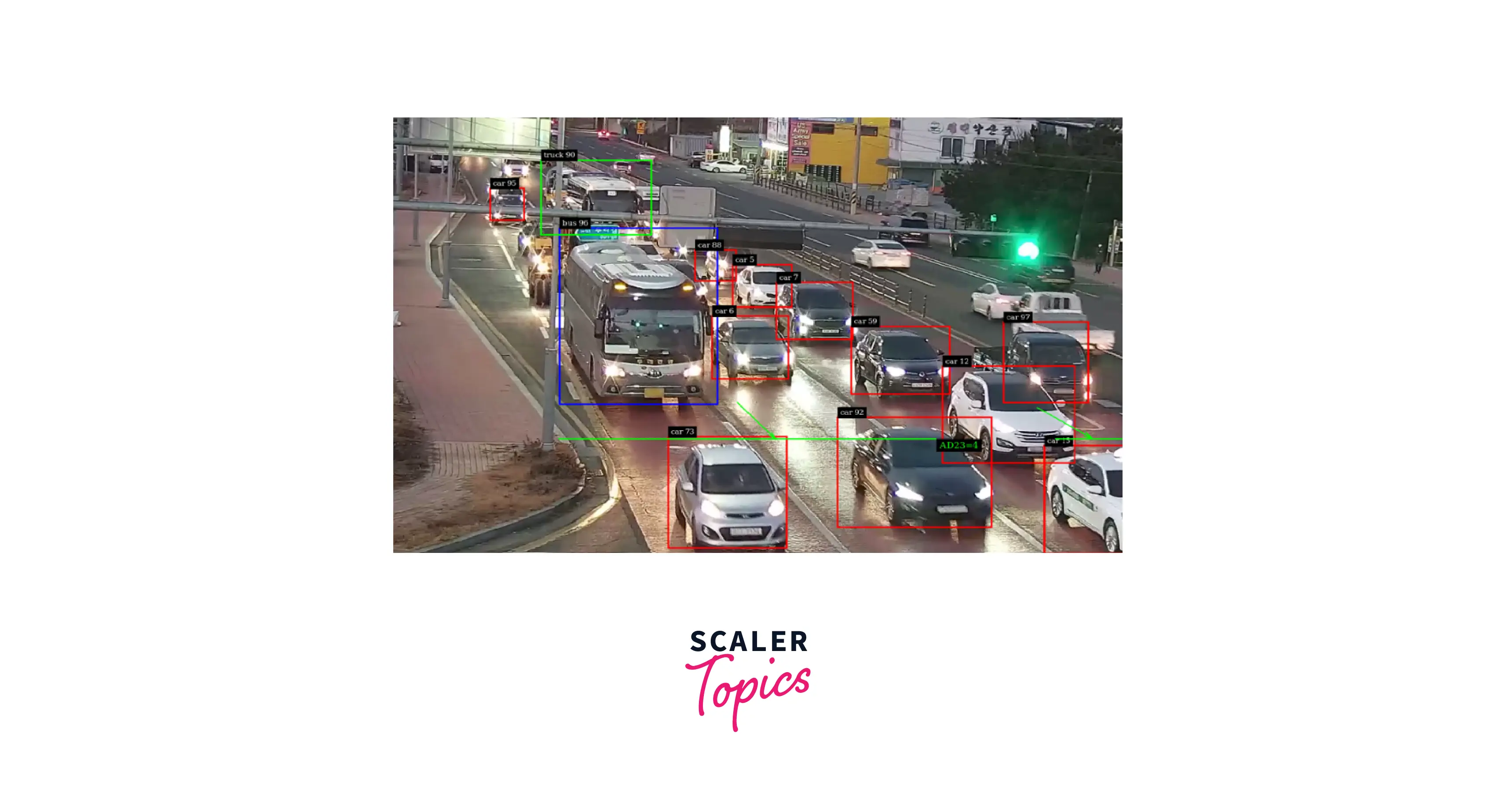
Future of Computer Vision
Computer Vision is now more accessible than ever. With many Open-source Computer Vision libraries and GPU power readily accessible through the cloud by any individual, Computer Vision can only grow in leaps and bounds. There is a lot of research in this field, and many companies are investing a lot of money into Computer Vision applications. There is always room for improvement in existing applications to make them much more efficient and accurate. While also building completely new applications. One such topic of interest in recent times is Vision Transformer. Standard Transformer Architecture has produced amazing results in NLP tasks. The same architecture is currently being researched for Computer Vision tasks too.
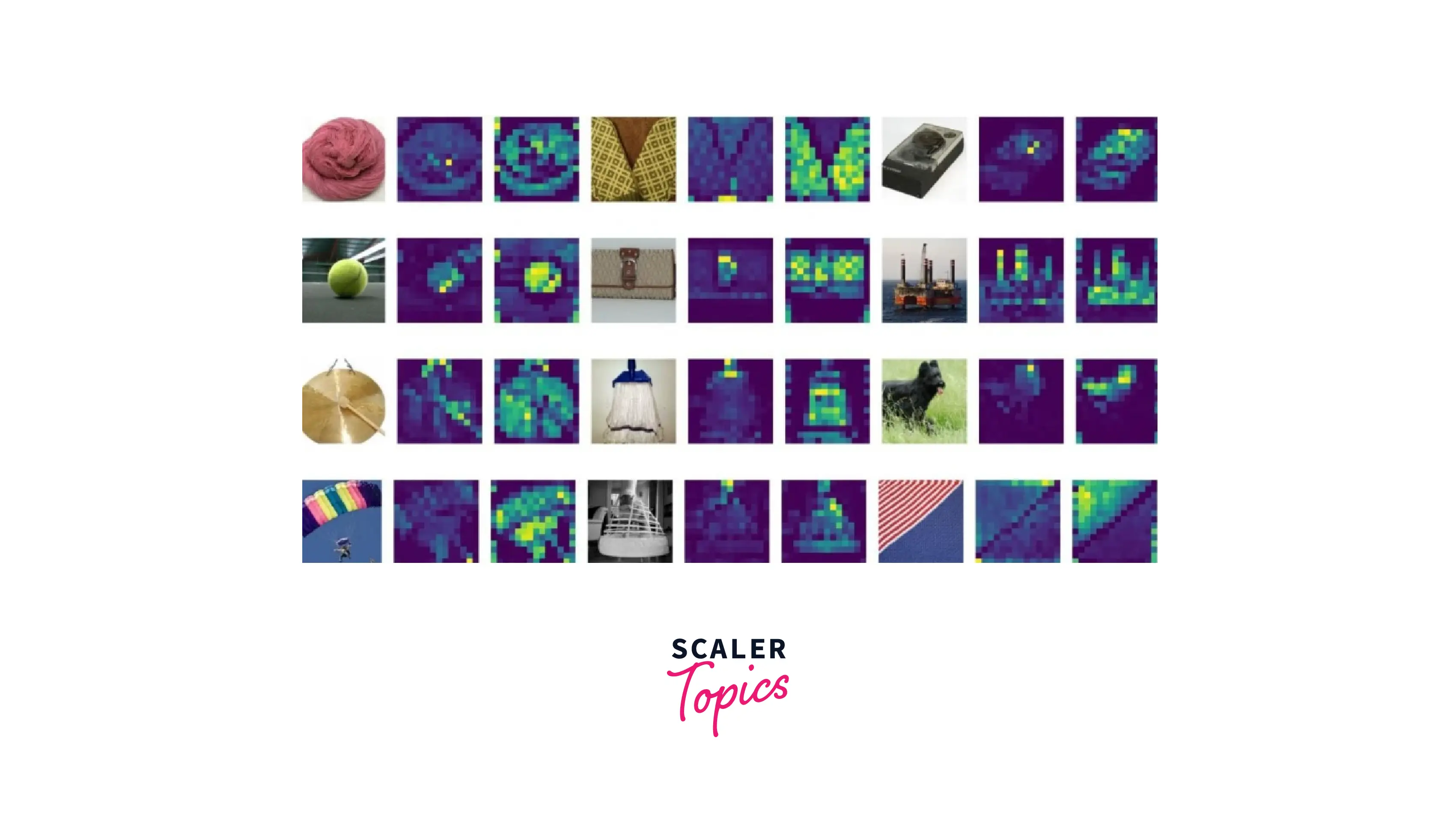
Conclusion
- Computer Vision is embedded in our daily lives and has become indispensable.
- Computer Vision has a variety of different applications in various fields.
- The advent of deep learning, particularly CNN has accelerated the growth of the Computer Vision manifold.
- Given the recent improvements in this field, CV applications and technology can only grow.
